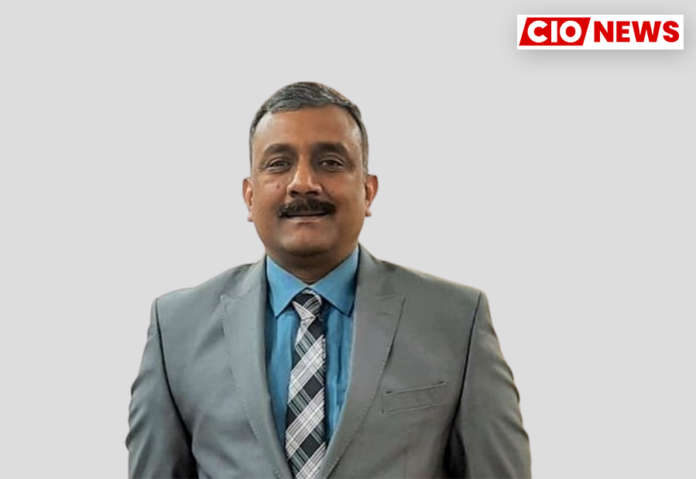I kept experimenting with technology and landed at an exciting place
This is an exclusive interview conducted by the Editor Team of CIO News with Sharad Kumar Agarwal, CDIO of JK Tyre & Industries Ltd on his Professional Journey
How did you plan your career path to be a successful technology leader?
“I did not plan for a career in the technology industry.” The reason I became a technology leader by landing where I am today is because I continued to take chances and kept on experimenting. I am a mechanical engineer and started my career as a maintenance engineer by working on the shop floor, followed by departments such as utilities, technical, production, etc.
I took a leap of faith into the information technology (IT) world and completed my SAP certification 16 years ago, after which my IT journey started, and then, I moved to Digital.
So, my journey was not planned but, as I said I got chances and I kept experimenting and landed at an exciting place. I do plan for things now that are a part of my profile, but if I find something more exciting, I may tend to try it.
What challenges have you faced in your career path and how have you overcome them?
In my current role, challenges are of multiple types, such as technology exploration, its adaptability, deriving value for business, etc. What is the right technology? Then, the most challenging part for any manager is to hire the right people and keep them involved and excited. It is always said that “if you recruit and retain the right people, half of your job is done.”
What challenges are other IT leaders facing while implementing digital technologies and how can they overcome the challenges?
Current challenges are that we, as IT leaders, are spoilt for choice from a plethora of technologies available. No one knows what the best technology is or which technology is going to survive, even for a minimum of three years. It has become necessary for us to stay alert and adaptable in order to change technology as needed.
The other part is that we also have to see the value of the technology being chosen, as there are enterprise applications, open-source applications, etc. So, even though the cost is high and we may not get the support of the cross application, we have to make a balance and decide which technology is best for which business area depending on the impact and value it brings to the business.
So, technology selection, its adoption, and sustenance are the most critical challenges for any IT leader today.
Other hot topics to be discussed today are on-prem, hybrid, cloud, and multi-cloud. Some organisations want to keep their data on-prem, others are aggressively moving to the cloud, and others are taking a hybrid approach. So, both the technology and the location of the technology, whether cloud or on-prem, depend on the nature of the business and business applications.
Leaders have to take a balanced approach, which means checking if the application is moving up and down from a user’s perspective or is nascent, and then deciding if the application should be moved to the cloud or stay on-prem.
IT leaders should not take the approach of “one size fits all”. They will have to be very pragmatic in choosing the platform and the technology based on the use case, number of users, importance, and culture of the organisation. So, multiple other parameters have to be evaluated. Everyone has the right to write their own playbook based on their organisation’s needs.
Any best practices, trends, or advice you would like to give to fellow IT leaders for their successful professional journeys?
“One is to keep experimenting with technology.” Never be afraid of experimenting with technology, whether old or new. Also, never assume that new technologies are always the best; sometimes the old ones add more value to the business.We should also be very careful while experimenting as there is a cost involved. We might fail in some experiments, but in the end, we must succeed in some and get an output valued at more than the 100% cost invested.
Also, IT leaders must be good story tellers about conceived projects in front of their teams and management.
And, the cost of risk must be evaluated very pragmatically, whether the risk is of a failure, cyber breach, or of any other nature. So, those risks should be calculated, the cost of risks should be borne in the mind and IT leaders should be ready before doing experiments.
Also read: Continuous education is essential to achieving success as a technology leader
Do Follow: CIO News LinkedIn Account | CIO News Facebook | CIO News Youtube | CIO News Twitter
About us:
CIO News, a proprietary of Mercadeo, produces award-winning content and resources for IT leaders across any industry through print articles and recorded video interviews on topics in the technology sector such as Digital Transformation, Artificial Intelligence (AI), Machine Learning (ML), Cloud, Robotics, Cyber-security, Data, Analytics, SOC, SASE, among other technology topics






